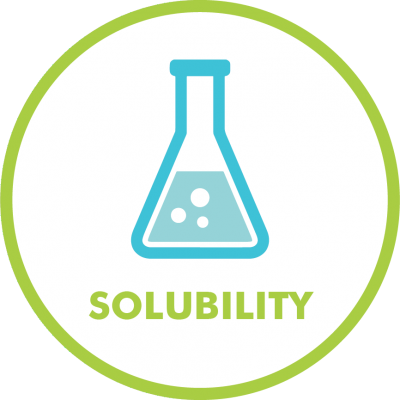Gypsum Anhydrite and Gypsum Dihydrate

Calcium Sulfate


CaSO4
All plants need calcium and sulfur to be healthy
2 Forms
Anhydrite and Dihydrate
Usage
It is both a fertilizer and a soil amendment
Agriculture can utilize either of two naturally-occurring forms of calcium sulfate.

One is ANHYDRITE GYPSUM, which is simply pure calcium sulfate.

The other is DIHYDRATE GYPSUM, which also includes crystallized water molecules.
The term “dihydrate” refers to the two water molecules in with the calcium sulfate. The only chemical difference between anhydrite gypsum and dihydrate gypsum is the two water molecules.
On the chemical side, calcium sulfate helps reduce sodium and magnesium toxicity by reacting with the soluble elements in the soil and leeching it from the soil solution and the root zone. It is also a soil treatment, useful both for modifying soil chemistry and improving soil structure. Calcium also decreases surface crusting and the surface sealing that comes with it.

Anhydrite gypsum and dihydrate gypsum have the SAME SOLUBILITY in water at normal temperatures.
2.531 GR/L AT 20°C

Water can hold the same amount of calcium sulfate in solution, no matter which source it comes from.
If you bought 100 pounds of pure anhydrite gypsum, you would get 100 POUNDS of calcium sulfate.

If you bought 100 pounds of pure dihydrate gypsum, you would get 79 POUNDS of calcium sulfate and 21 pounds of water.
Calcium moves slowly through the plant, requiring constant availability to the roots in order to reach the tips of the plant. It is important to have a high enough base calcium level in the soil.

Some crops will remove about 200 POUNDS of calcium per acre annually, so it should be replenished as the crops are using it.
The dissolving speed depends greatly on the size of the particles. Finer particles dissolve more quickly than coarser ones because, pound-for-pound, fine particles present more surface area. Greater surface area gives water more access to dissolve the particle.

Anhydrite gypsum lasts longer. It dissolves more gradually and provides a “timed release” effect that supplies calcium and sulfur to the root zone for a longer period as the plant develops.
Conclusion
Calcium sulfate is widely used by California growers, but it is very likely under-used in many cases. Considering the range of benefits it has to offer in so many of California’s regions and growing conditions, farmers may find it worthwhile to do testing that focuses on sulfur and calcium, particularly with regards to calcium’s effect on soil chemistry and soil structure.
Effective calcium sulfate options include both dihydrate gypsum and anhydrite gypsum. Despite misconceptions about the solubility of anhydrite gypsum, both materials yield the same benefits, and both dissolve readily enough for practical applications. Anhydrite gypsum is the more concentrated version of calcium sulfate. Gypsum is a fast-release material, anhydrite gypsum a slower-release product which stays in the root zone longer making it available for plant uptake.
The true cost of any particular calcium sulfate application may, ultimately, depend on its shipping cost. It can only be determined by calculating the quantity of a particular product that will be needed to meet the gypsum equivalent dosage, and then figuring the cost of material plus shipping and spreading. It is worth doing the calculation to find the best source and reap the many benefits of calcium sulfate.